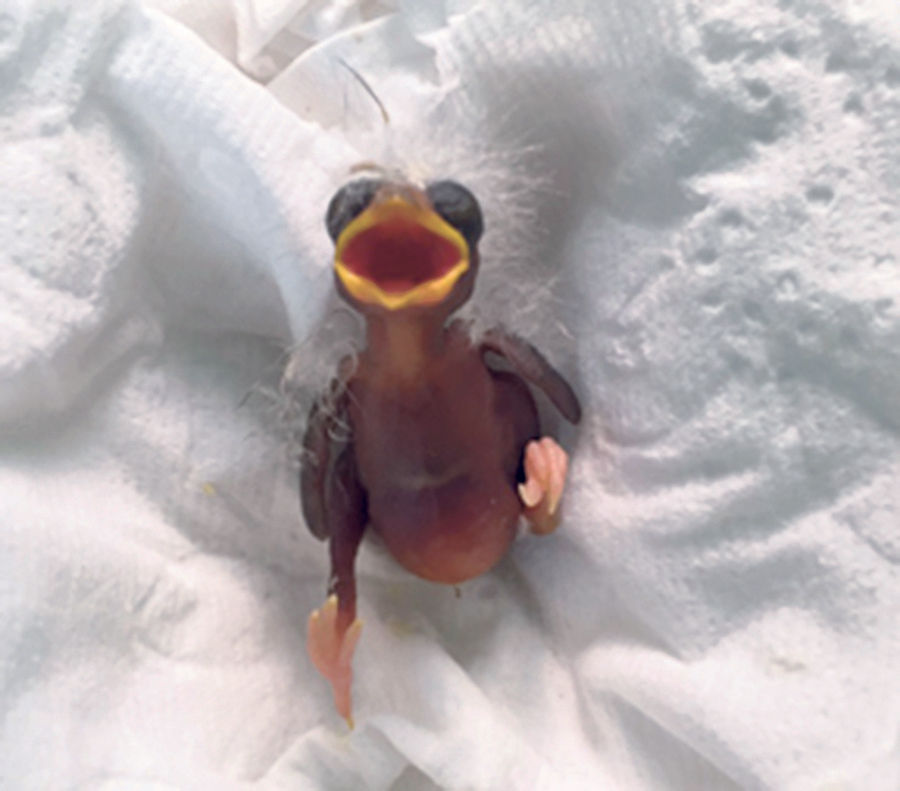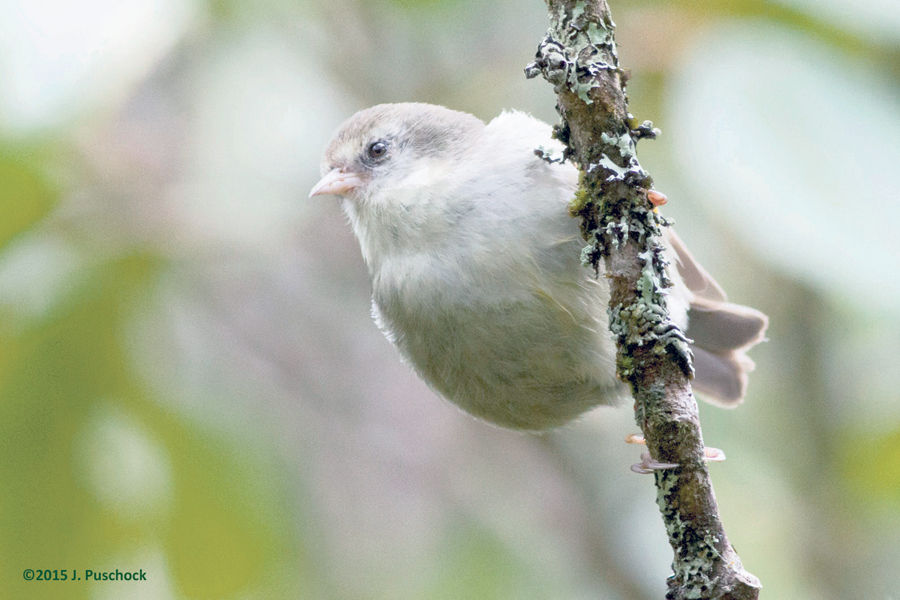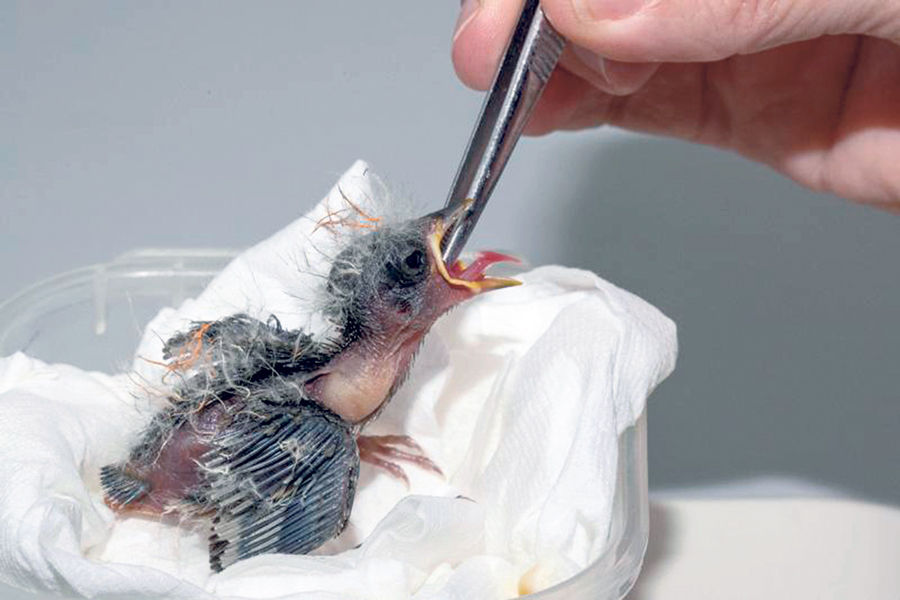Kauai, said Dr. Lisa “Cali” Crampton, wouldn’t be the same without the Akikiki and Akekee. “They’re part of Kauai’s heritage,” she said. “They’re what makes Kauai special. If we lose these species, we’re losing our heritage.” They’re also in trouble,
Kauai, said Dr. Lisa “Cali” Crampton, wouldn’t be the same without the Akikiki and Akekee.
“They’re part of Kauai’s heritage,” she said. “They’re what makes Kauai special. If we lose these species, we’re losing our heritage.”
They’re also in trouble, with a declining population.
But an innovative program that involves removing eggs from the nests of the two small bird species and flying them to San Diego Zoo Global’s facilities in Hawaii is providing new hope for their survival.
“By bringing Akikiki and Akekee into captivity for breeding purposes, we will prevent their extinction and support their future recovery by releasing captive-reared offspring into the wild in the future,” said Bryce Masuda, conservation program manager at San Diego Zoo Global.
So far, nine nestlings of the endangered species — six Akikiki and three Akekee — have been hatched and are being watched and cared for by conservation biologists.
“The eggs are hatching beautifully, the chicks are growing up healthy,” said Crampton, Kauai Forest Bird Recovery Project leader. “It’s been a really smooth operation.”
The species is being brought into captivity to start a breeding population through a collaborative effort by the Kauai Forest Bird Recovery Project, state Department of Land and Natural Resources’ Division of Forestry and Wildlife, U.S. Fish and Wildlife Service Pacific Islands Fish and Wildlife Office and San Diego Zoo Global.
“Both the Akikiki and Akekee have shown steep declines over the past 10 to 15 years and now number fewer than 1,000 birds each,” said John Vetter, forest bird recovery coordinator of the DLNR’s Division of Forestry and Wildlife. “A panel of experts in Hawaiian forest bird conservation convened to identify steps needed to preserve these species and ranked the initiation of captive breeding populations as one of the highest priorities for both species.”
The Akikiki and Akekee are two species of Hawaiian honeycreeper found only on Kauai.
These species have been severely affected by introduced diseases, such as avian malaria, loss of native forest habitat, hurricanes, and the introduction of non-native predator species in the wild.
Very little is known about them and they have not been raised in a zoological setting before. Conservationists with The Hawaii Endangered Bird Conservation Program have worked successfully with a number of other similar native Hawaiian birds and are using these techniques to ensure both species will thrive.
Since early March, KFBRP team members have spent hundreds of hours searching the dense rain forests of Kauai’s Alakai Wilderness Preserve for the cryptic nests of these two rare species. They listened for the distinctive call of the bird, then tried to follow it to its nest. So well-hidden are the nests, it took one crew a week of watching one bird trying to locate the nest.
“Both nest on tiny branches at the top of the canopy, about 30 to 40 feet high, and camouflage their nests as clumps of moss,” Crampton said. “To reach the nests, KFBRP devised a suspension system for a 40-foot extension ladder.”
The parents to the eggs didn’t react aggressively.
“They notice you’re there, but there’s no fuss,” Crampton said.
Eggs from the two species were removed from the nests and a team of bird experts hiked and helicoptered them to an egg-rearing facility on Kauai.
The nine chicks hatched so far appear to be doing well. Conservationists will continue their efforts for the remainder of the breeding season. The project has turned out well, so far.
“We did not expect to have this level of success,” Crampton said.
The USFWS-PIFWO provided the majority of the funding for the project and a grant from the Mohamed Bin Zayed Species Conservation Fund has also been instrumental in this effort.
Bringing species back from the brink of extinction is the goal of San Diego Zoo Global. As a leader in conservation, the work of San Diego Zoo Global includes onsite wildlife conservation efforts at the San Diego Zoo as well as international field programs on six continents.




